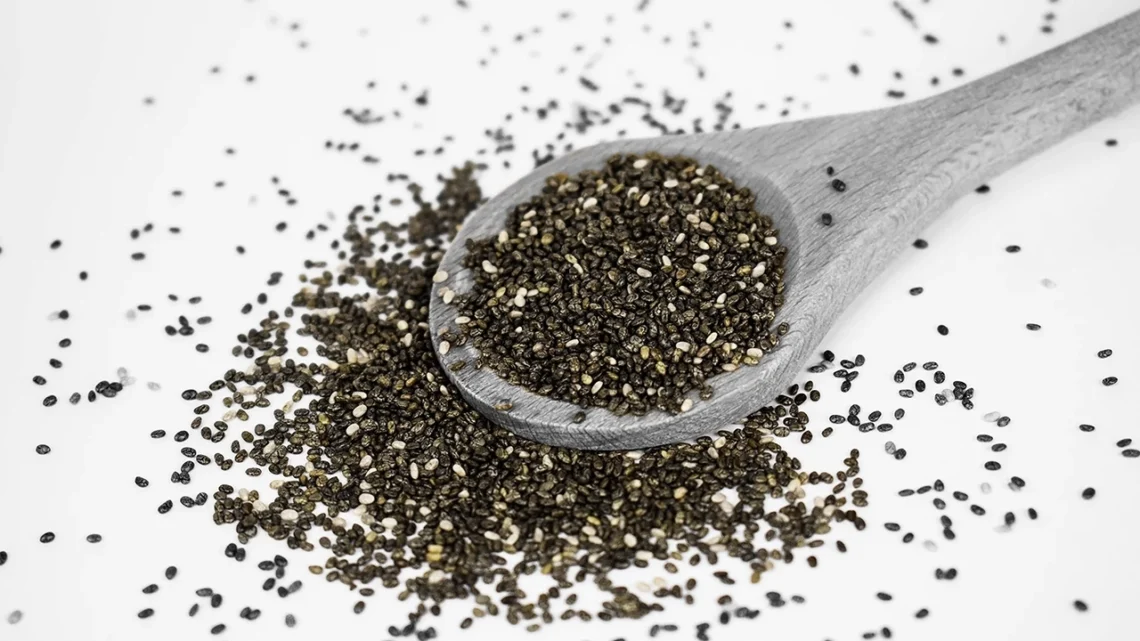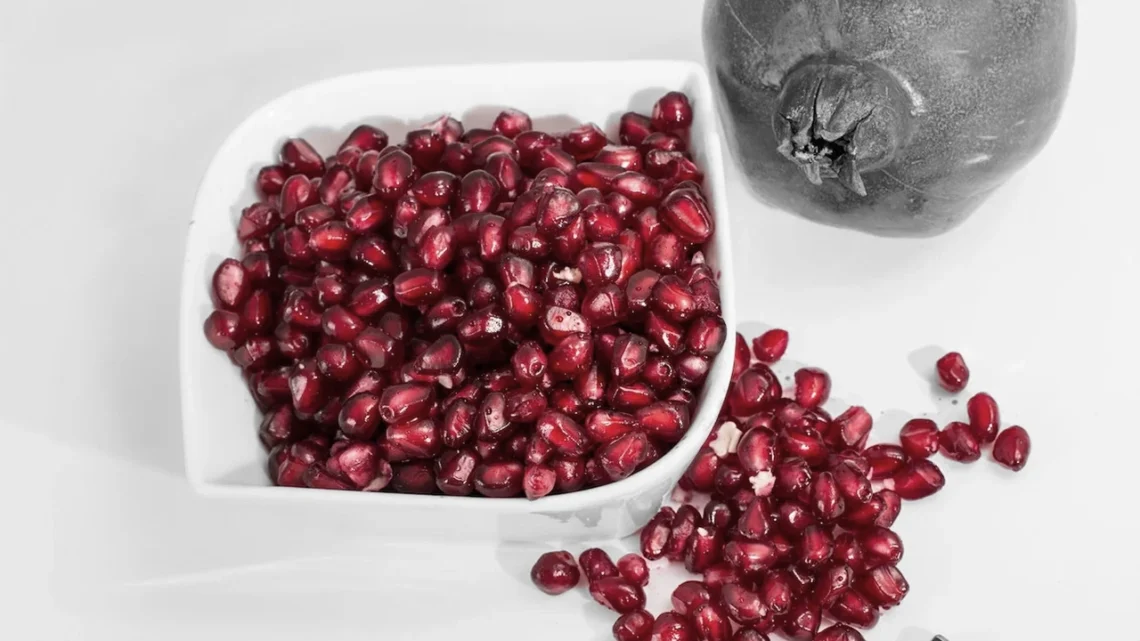During times like these, we need to be packing our bodies with as much of the good stuff as possible — vitamins, minerals, but also fats.
The omegas are part of our unsaturated fats family and, without getting too technical, their number refers to how many carbons they are away from the end of the molecular chain structure of a fatty acid.
Fats are complex and confusing, so don’t worry if you didn’t understand a word of that, because what you need to know is, when it comes to beautiful skin, fat is, in fact, your friend.
Let’s go through the different types of omega fatty acids and find out just how powerful they can be.
Omega 3
Let’s start with the one we all know. Despite its relatively recent rise to prominence, Omega 3’s bodily benefits were discovered by scientists in the 1970s when they realised that countries that had a high marine-based diet had a low rate of heart disease.
Now, even the World Health Organisation recommends eating at least two portions of oily fish per week, which is rich in Omega 3.
There are many types of these fatty acids, which differ based on their chemical shape and size, but the two most common are Eicosapentaenoic acid (EPA) or Docosahexaenoic acid (DHA).
The DHA variety comes in the form of cold-water fish, like salmon and mackerel or tuna, while we get the EPA kind from flax seeds, walnuts, chia seeds, seaweed, wakame and spirulina.
But Omega 3 is also a superstar for the skin. DHA is a structural component of it and responsible for the health of cell membranes, which make up a large part of your skin. Meanwhile, EPA helps oil production and hydration, reduces ageing and the risk of acne.
Benefits of Omega 3 for the skin:
- Strengthen cell membranes
- Manage oil production and hydration
- Prevent hyperkeratinization of hair follicles, which appear as the little red bumps often seen on upper arms
- Reduce premature ageing
- Reduce risk of acne
- Protect skin from sun damage
Omega 6
Skipping three carbons away from the end of the fatty acid molecular chain is Omega 6. Despite not hearing much about it, it’s just as important to your body as Omega 3 — in fact, it’s essential, which means your body can’t produce it naturally.
Good sources of Omega 6 include nuts, olive oil, whole grains, green leafy vegetables, and the oils of seeds like chia, pumpkin, and grape seed.
These fats are primarily used for energy and produce important chemicals for your immune system. However, if too much of it is produced, it can actually be more pro-inflammatory.
The key is consuming fats in the right ratios. Omega 3s decrease inflammation, whereas too much Omega 6, can increase inflammation. Our western diet tends to be loaded with Omega 6 fatty acids but is often lacking in Omega 3s. The suggested ratio is about 3:1.
To avoid confusion, we ensure the ratio in our products is perfectly balanced, so your skin is getting exactly what it needs to achieve your perfect glow.
Benefits of Omega 6 for the skin:
- Activates immune system response
- Fight signs of ageing
- Reduce acne, eczema, psoriasis and dandruff
- Protect against skin damage
Omega 7
Omega 7 is a little different from 3 and 6 in the sense that it’s a monounsaturated fatty acid (the other two are polyunsaturated).
Don’t worry, you don’t need to understand exactly what that means, but what is important is that it can help improve insulin resistance, reduce plaque in the arteries, lower cholesterol and support weight loss.
For our skin, it’s also mighty beneficial. Studies have found that Omega 7:
- Improves hydration and elasticity of the skin
- Reduces wrinkles and helps wound healing
- Relieves burns
- Reduces inflammation of the skin and mucous membranes
So what is the best way to get more Omega 7? Well, you can get it from certain foods, such as macadamia nuts, lard, butter, avocado and fatty fish like anchovies, salmon and herring.
However, even if you’re cooking with lard or getting your daily avocado on toast, it’s very difficult to get enough omega 7 into our bodies, let alone onto our skin.
However, our Multi-Correctional Facial Serum contains the rare and highly sought-after Omega 7 via our Seabuckthorn Berry CO2 Extract ingredient.
This plant is a true skin superhero. It also delivers the richest known plant source of beta-carotene (pro-vitamin A), together with an astonishing array of Vitamins C and E, caratenoids, flavanoids, and amino acids. Its warm orange hue imparts skin with a radiant golden glow.
Omega 9
Omega 9 isn’t as essential because your body already creates it in abundant quantities. But studies suggest that putting more in your body and on your skin, is beneficial.
We can get more Omega 9 from foods like extra olive oil, flaxseed, olives, avocados, nuts and sesame oil.
These fatty acids have been shown to increase HDL (‘good’) cholesterol and decrease LDL (‘bad’) cholesterol and they help eliminate plaque build-up in the arteries, which causes heart disease.
If you suffer from dry and flaky skin, then Omega 9 could also help you, as it works to maintain the level of hydration within the dermis. Furthermore, it has been shown to improve the elasticity of the skin, helping to keep it looking plump and youthful.
This is why we include this fatty acid in our Multi-Correctional Facial Serum using ingredients such as Argan oil and Sandalwood Nut CO2 extract.
Benefits of Omega 9 for the skin:
- Maintain hydration
- Improve skin elasticity, reducing wrinkles
- Softens skin and reduces inflammation
- Protect against dry skin
To your blossoming xxx




